25 Of The Rarest Cars Ever Built By Well-Known Automakers
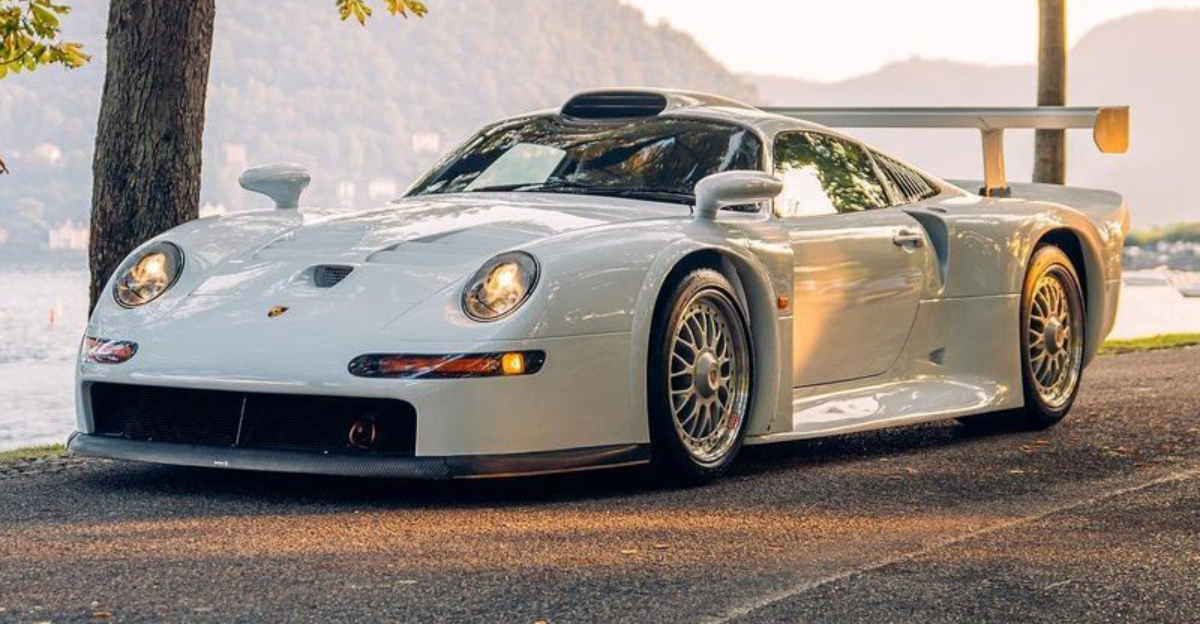
Even the biggest automakers have their unicorns – the cars that slipped through the cracks in tiny numbers, then vanished into garages and legends.
I once spotted a Mazda Cosmo parked at a gas station, and for a second, I thought I was hallucinating.
The owner casually said, “Yeah, not many made it out of Japan,” before driving off like it was no big deal.
Some of the rarest cars weren’t flashy concepts or experimental flops. They were full-fledged production models that just happened to be built in laughably small batches.
1. Ferrari 250 GTO
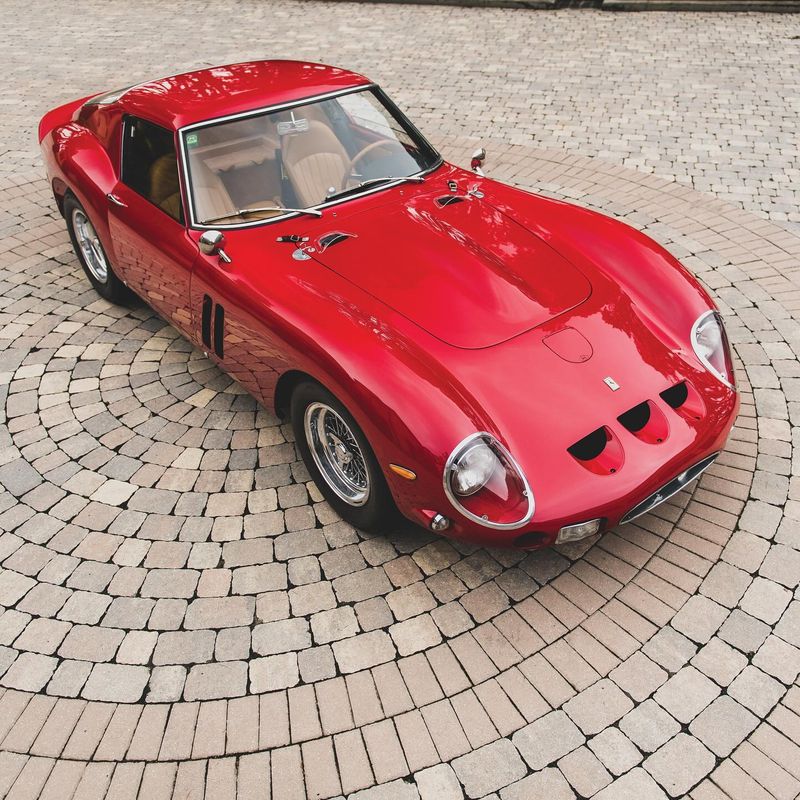
Only 36 examples of this automotive holy grail were ever built between 1962 and 1964.
Ferrari created this legendary machine primarily for racing, not as a showpiece for wealthy collectors.
Each 250 GTO featured a hand-built 3.0-liter V12 engine producing 300 horsepower—modest by today’s standards but revolutionary for its time.
One sold at auction in 2018 for $70 million, making it the most expensive car ever sold publicly.
2. McLaren F1 LM
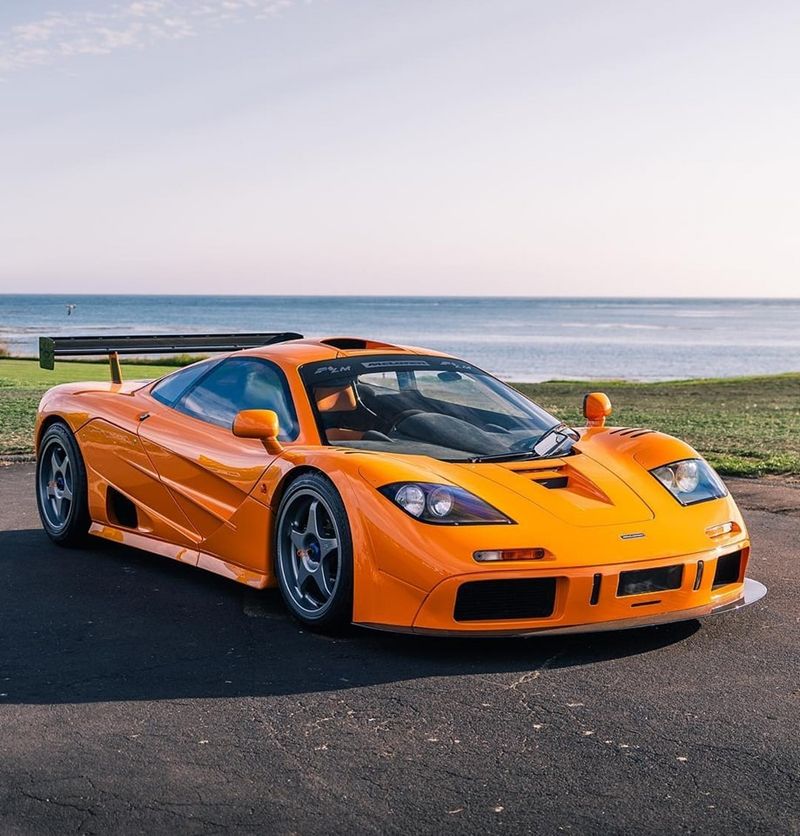
Born from McLaren’s 1995 Le Mans victory, just five F1 LMs were created as street-legal celebrations of their racing triumph.
The orange rockets came with no compromises—no radio, no air conditioning, just pure speed. Gold foil lines the engine bay to reflect heat from the 680-horsepower V12 engine.
With a central driver’s seat flanked by two passenger seats, the F1 LM remains one of the most distinctive supercars ever made.
3. Bugatti EB110 SS
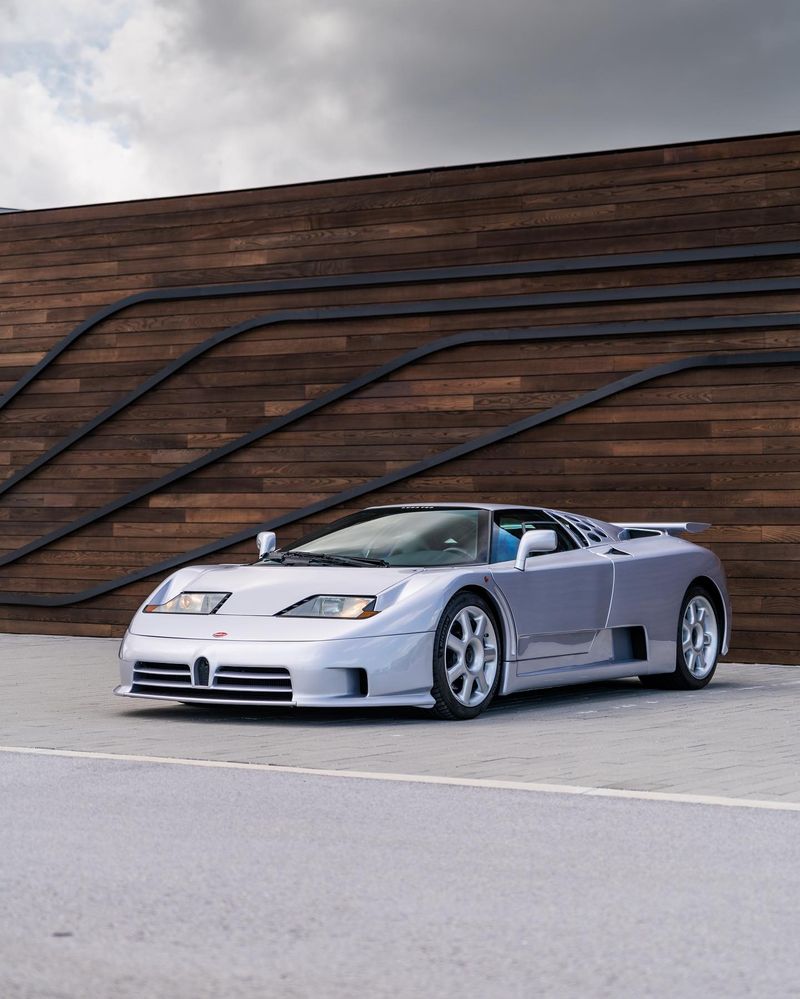
Before Volkswagen revived Bugatti with the Veyron, there was the extraordinary EB110 Super Sport.
Launched during a recession in 1992, only 31 examples (with just 30 SS versions) rolled out of the factory before the company went bankrupt.
The quad-turbo V12 engine delivered 603 horsepower through all four wheels—revolutionary tech for its time.
Carbon fiber construction and butterfly doors made this the technological marvel of its era, now overshadowed by its more famous descendants.
4. Porsche 911 GT1 Straßenversion

Homologation rules forced Porsche to build 25 street-legal versions of their Le Mans race car in 1997.
Unlike most road cars adapted for racing, the GT1 was actually a pure race car reluctantly modified for street use.
Hiding beneath the 911 headlights was a carbon fiber chassis and mid-mounted 600-horsepower twin-turbo flat-six engine.
Owners received a car capable of 0-60 mph in 3.9 seconds and a top speed over 190 mph—astronomical figures for the 1990s.
5. Mercedes-Benz CLK GTR
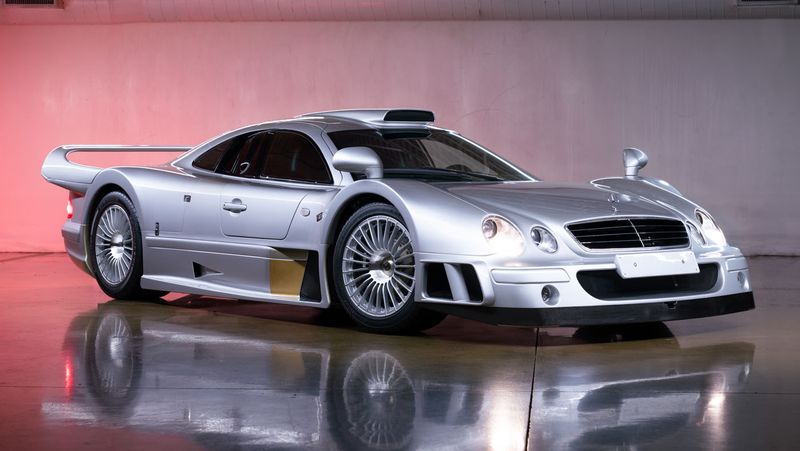
Mercedes built exactly 25 CLK GTRs in 1998—just enough to satisfy racing regulations.
Each million-dollar monster packed a 6.9-liter V12 producing 604 horsepower, making it one of the most extreme road cars ever built.
The cabin barely qualifies as street-legal, with racing seats, minimal sound insulation, and a steering wheel removed from their Formula 1 car.
One recently sold for over $13 million, proving that sometimes the most uncomfortable cars become the most valuable.
6. Aston Martin One-77
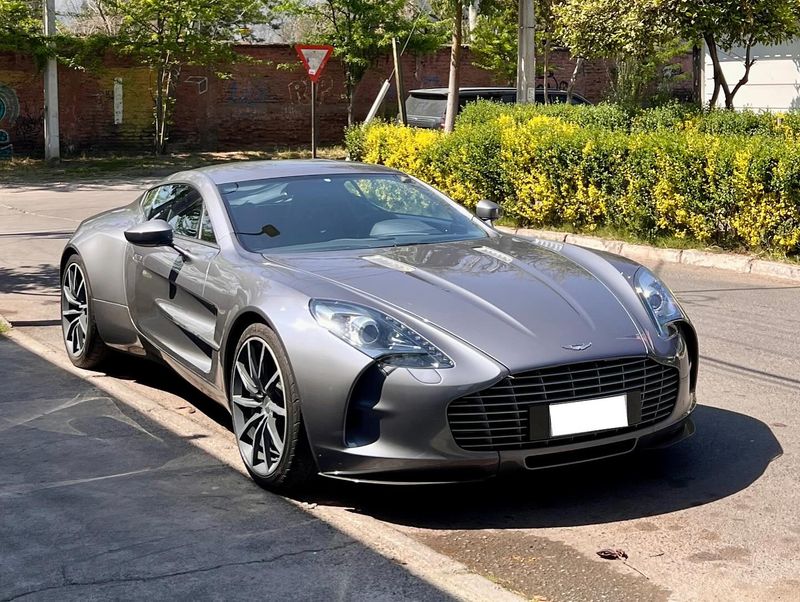
Aston Martin’s CEO once described the One-77 as “a 77-off, bespoke, hand-crafted work of automotive art.”
True to its name, only 77 examples left the factory between 2009 and 2012, each commanding a $1.8 million price tag. The centerpiece is a naturally-aspirated 7.3-liter V12 producing 750 horsepower.
Every body panel is carbon fiber, hand-formed over a 3,000-hour build process. The interior features leather from cows raised in high-altitude regions to avoid insect bites marring the hide.
7. Lamborghini Reventón
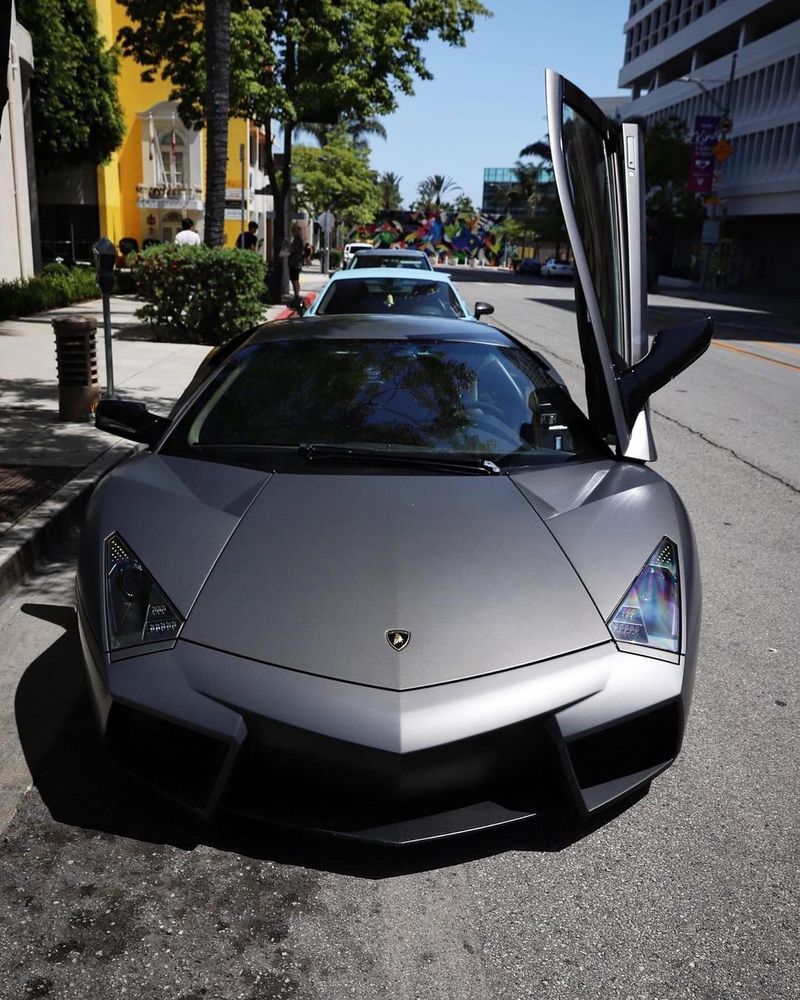
Inspired by F-22 Raptor fighter jets, the Reventón shocked the automotive world in 2007 with its radical angular design and military-grade matte paint.
Only 20 coupes and 15 roadsters were built, with the first example going straight to the Lamborghini Museum.
The instrument cluster abandoned traditional dials for digital displays resembling aircraft avionics.
Under the knife-edge bodywork lurked a 6.5-liter V12 producing 650 horsepower. Each car cost $1.5 million—a price that seemed astronomical before hypercars routinely broke the $2 million barrier.
8. Jaguar XJ220S
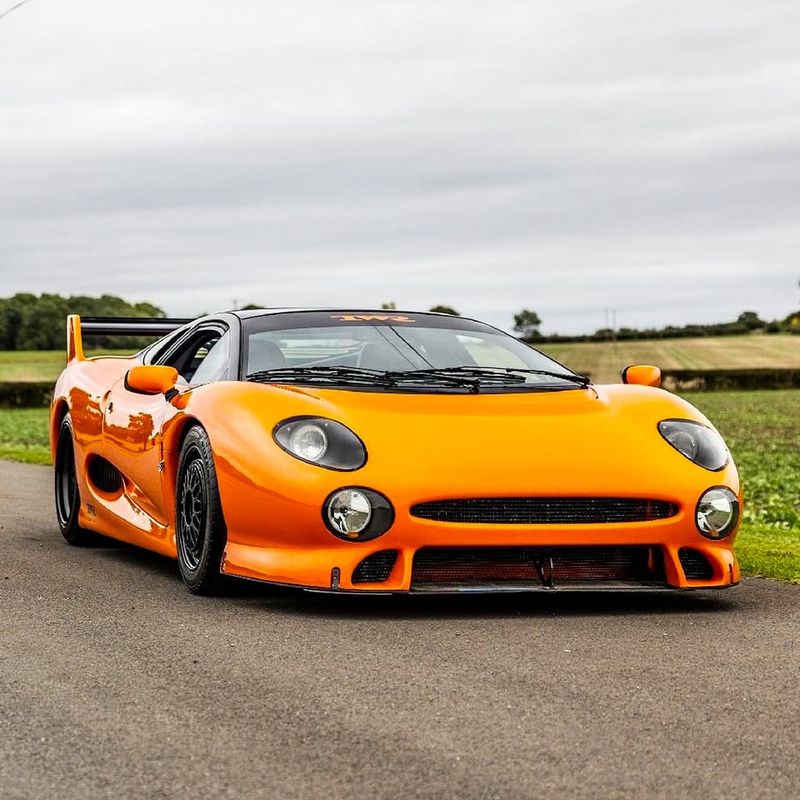
After Jaguar switched from the promised V12 to a twin-turbo V6 in the standard XJ220, they created six ultra-rare XJ220S models to appease disappointed collectors.
These carbon-fiber beasts shed 650 pounds and gained 100 horsepower over the standard car.
The XJ220S featured an outrageous body kit, a stripped interior, and racing slicks. At 680 horsepower, it was briefly the most powerful production car in the world.
Tom Walkinshaw Racing hand-built each example, creating a car that could hit 228 mph—still impressive three decades later.
9. BMW M1 Procar
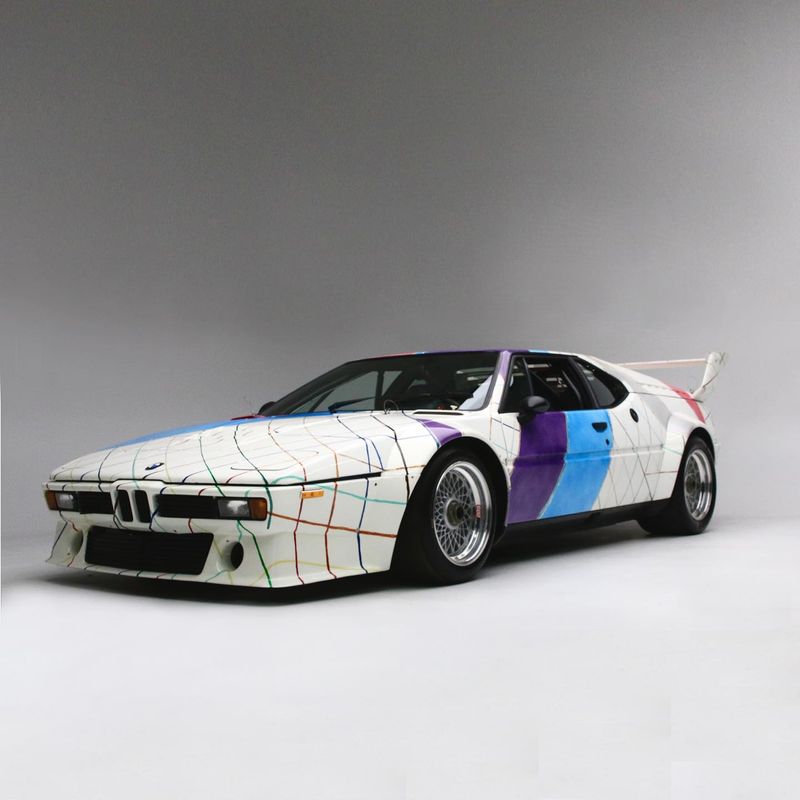
BMW’s first mid-engine supercar doubled as the star of Formula 1’s most exciting support series.
While 453 standard M1s were built, only 40 Procars were created specifically for the one-make racing championship that ran alongside F1 events in 1979-1980.
The road-going versions kept the racing car’s wild bodywork but tamed the 470-horsepower straight-six engine slightly for street use.
Formula 1 champions like Niki Lauda and Nelson Piquet competed in identical Procars, making this the ultimate BMW collector’s item.
10. Ford GT40 Mk IV

Ford built just 12 GT40 Mk IVs—the all-American evolution of their Ferrari-beating race car.
Unlike earlier GT40s developed with British firms, the Mk IV was pure Detroit muscle, featuring a NASCAR-derived 7.0-liter V8 producing over 500 horsepower.
The J-Car derived chassis used aerospace honeycomb aluminum construction decades before it became common in supercars.
In 1967, Dan Gurney and A.J. Foyt drove a Mk IV to victory at Le Mans, marking the only time an all-American team with American drivers won in an American car.
11. Chevrolet Corvette ZL1 (1969)

Hiding within Chevy’s order system was option code ZL1—a 427-cubic-inch all-aluminum racing engine never intended for street cars.
Somehow, exactly two brave souls checked this $4,700 option (doubling the car’s price) when ordering their 1969 Corvettes. Although officially rated at 430 horsepower, the ZL1 actually produced closer to 560.
The aluminum block saved over 100 pounds of weight over the front wheels. One of these unicorns sold at auction for $3.4 million in 2023, making it the most valuable Corvette ever.
12. Toyota 2000GT
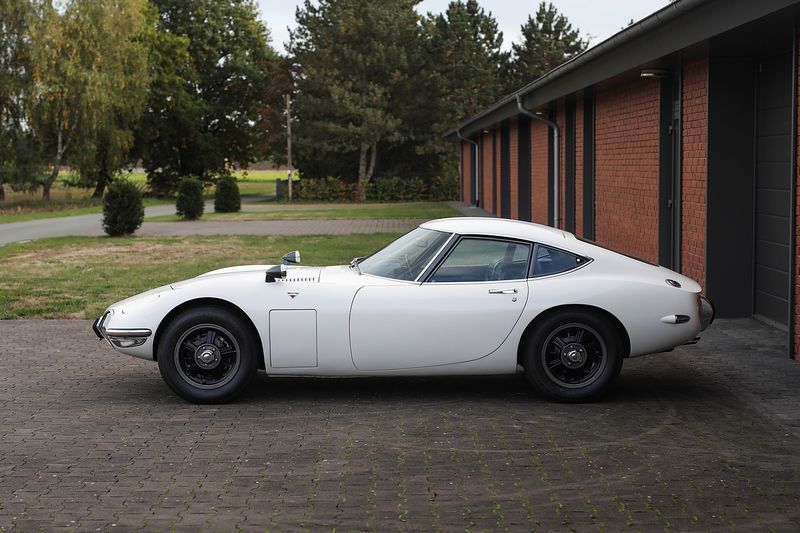
Before the Nissan GT-R or Honda NSX, Toyota shocked the world with the 2000GT—a Japanese E-Type that proved Asian automakers could build world-class sports cars.
Just 351 were produced between 1967 and 1970, with only 62 left-hand-drive examples exported to America.
The 2.0-liter inline-six engine was developed with Yamaha, producing 150 horsepower in a car weighing just 2,400 pounds.
A special convertible version appeared in the James Bond film “You Only Live Twice,” created because Sean Connery couldn’t fit in the standard car.
13. Honda NSX-R GT

Honda built exactly five NSX-R GTs in 2005 to homologate aerodynamic improvements for racing.
The most distinctive feature is the bizarre carbon fiber hood scoop that doesn’t actually feed air to anything—it was purely for racing regulations.
Beyond the functionless intake, each GT received a carbon fiber body kit, lightweight components, and revised suspension.
The 3.2-liter V6 remained unchanged at 290 horsepower, but the extreme weight reduction made this the ultimate expression of Honda’s analog supercar before production ended.
14. Nissan R390 GT1
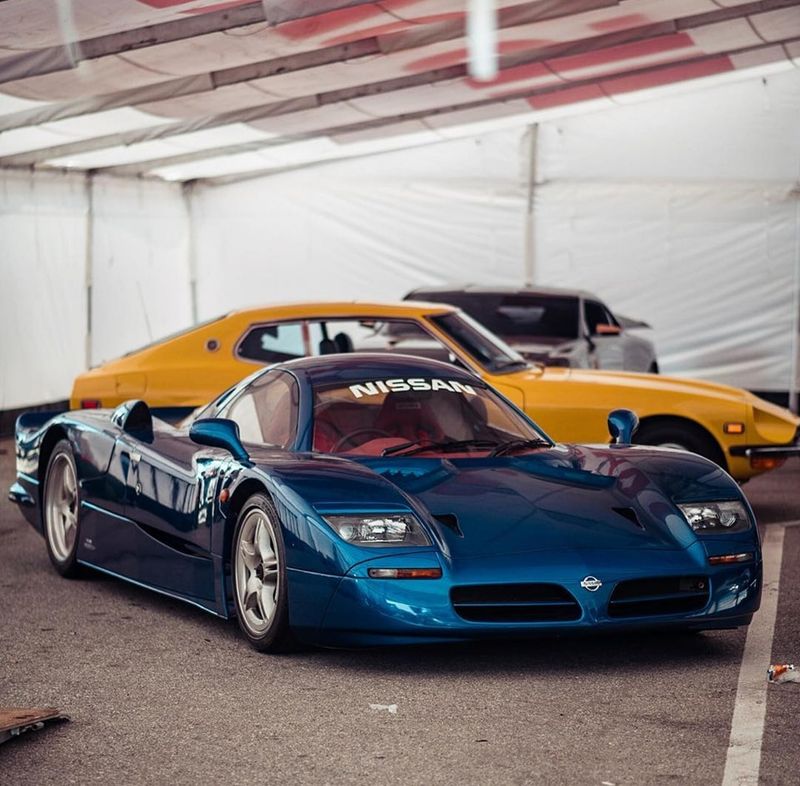
Nissan created exactly one road-legal R390 GT1 in 1998, making it possibly the rarest Japanese car ever built.
This midnight blue unicorn exists solely because Le Mans regulations required manufacturers to build street versions of their race cars.
The carbon fiber body conceals a twin-turbocharged 3.5-liter V8 producing 550 horsepower.
Unlike many homologation specials, Nissan gave the R390 a relatively luxurious interior with leather seats and air conditioning. The sole road car resides in Nissan’s heritage collection, never sold to the public.
15. Dodge Challenger Demon 170
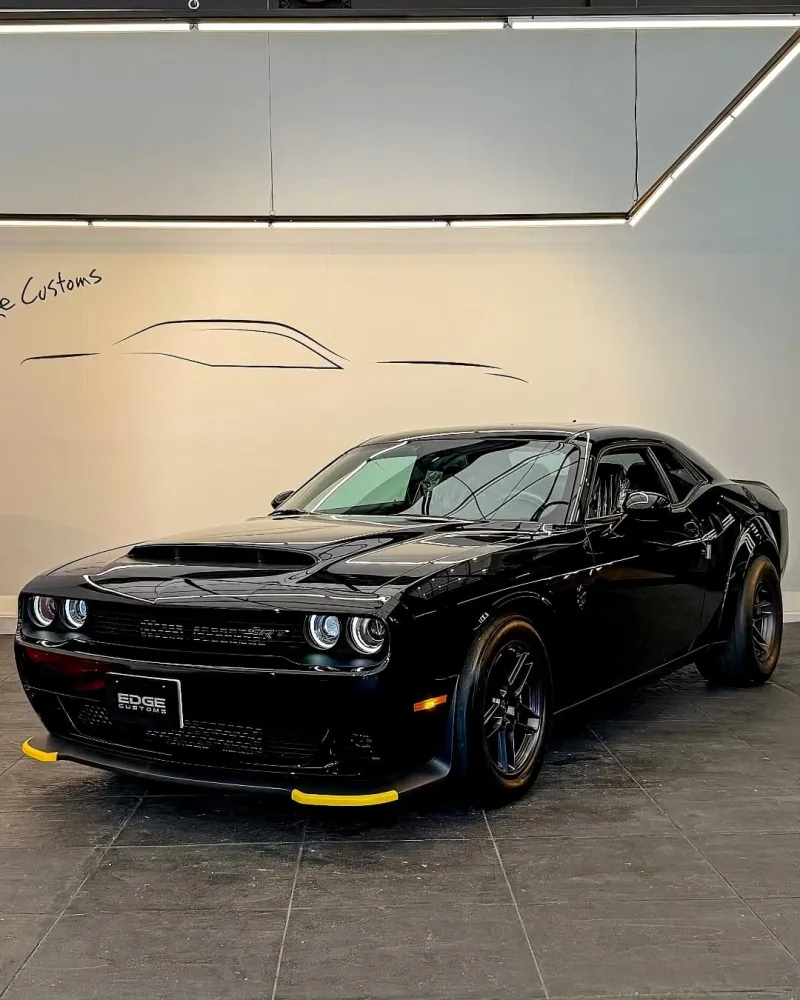
As a final hurrah for combustion muscle cars, Dodge created the Demon 170—the most powerful factory production car ever made.
Limited to just 3,300 units for 2023, this supercharged monster produces 1,025 horsepower when running on E85 ethanol fuel.
The “170” in its name references both the proof of the ethanol fuel and its ability to cover the quarter-mile in 8.91 seconds.
Owners receive a commemorative plaque and a carbon fiber “Demon Crate” containing skinny front drag wheels, performance parts, and tools for track use.
16. Subaru Impreza 22B STI
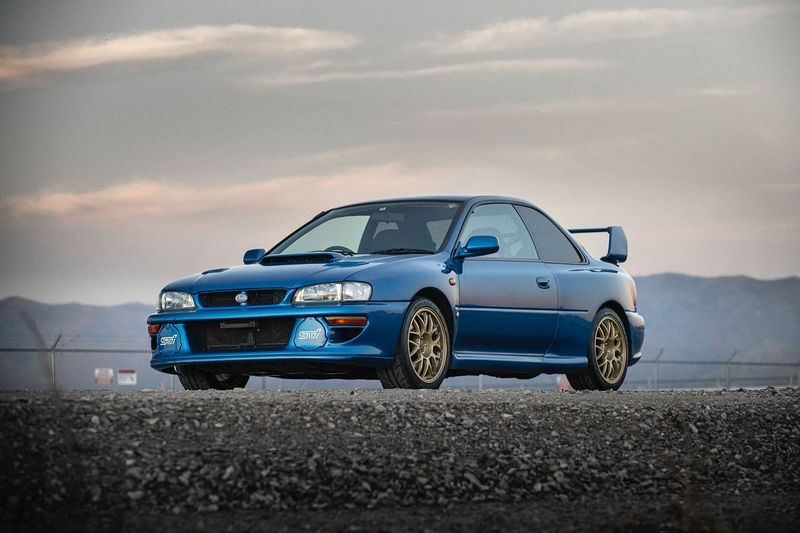
Subaru built 424 examples of the legendary 22B in 1998 to celebrate both their World Rally Championship titles and the company’s 40th anniversary.
These widebody monsters featured hand-built 2.2-liter turbocharged engines producing 280 horsepower—though many suspect that figure was deliberately underreported.
The “22B” name combines the engine displacement (2.2 liters) with the Subaru tuning division’s code letter “B.”
Only 16 officially made it to the UK, and just five are believed to exist in North America, making this the holy grail for Japanese car collectors.
17. Audi Quattro Sport S1 E2
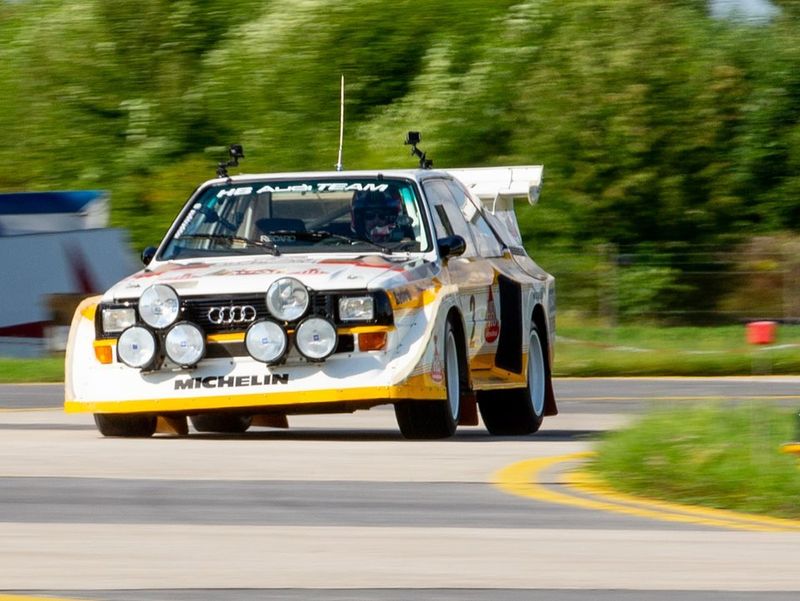
When rally racing’s deadly Group B era needed a champion, Audi created the Sport Quattro S1 E2—a fire-breathing monster producing over 600 horsepower from its turbocharged five-cylinder engine.
Only 20 road-going Sport Quattros were built to homologate the racing version.
The wheelbase was shortened dramatically compared to standard Quattros, creating the car’s distinctive stubby proportions.
Massive wings, flares, and air intakes make it look like nothing else on the road. These road cars are so rare that one sold recently for over $2 million.
18. Maserati MC12

Maserati transformed Ferrari’s Enzo into the longer, wider, and more exclusive MC12 in 2004. Just 50 road cars were produced—enough to homologate the car for GT1 racing, where it dominated for years.
The 6.0-liter V12 engine produces 621 horsepower in a car that’s actually six inches longer than the Enzo it’s based on.
Unlike its Ferrari cousin, the MC12 features a removable roof panel that stows in the trunk. Every example was painted white and blue, Maserati’s traditional racing colors.
19. Lexus LFA Nürburgring Edition
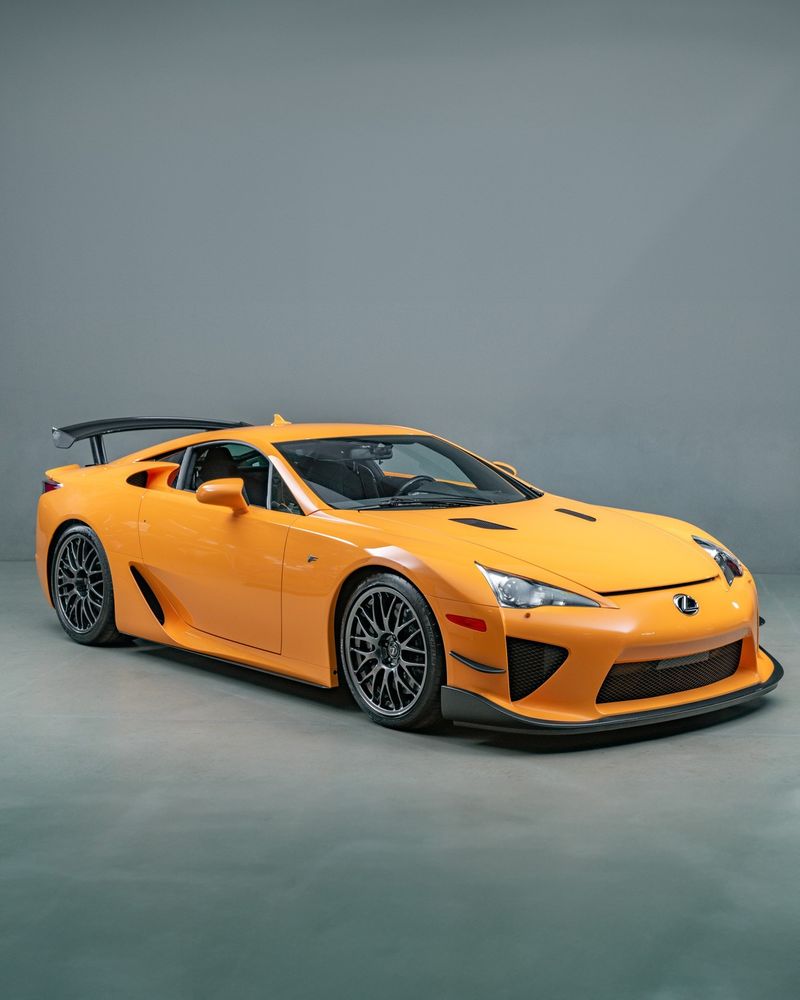
Lexus spent a decade perfecting the LFA, then created just 50 Nürburgring Edition examples with extra carbon fiber aerodynamics and 10 additional horsepower.
These ultra-rare variants came with driving lessons at the Nürburgring and a one-year pass to the famous German circuit.
The 4.8-liter V10 engine was co-developed with Yamaha’s musical instrument division to create its banshee wail that redlines at 9,000 RPM.
The carbon fiber was woven on special circular looms developed specifically for the car, as conventional methods weren’t good enough.
20. Alfa Romeo 8C Competizione

Alfa Romeo’s return to the supercar scene came with the gorgeous 8C Competizione in 2007. Just 500 coupes and 500 spiders were built, with carbon fiber bodywork draped over a Maserati-derived chassis.
The name “8C” references Alfa’s legendary eight-cylinder racing cars from the 1930s.
A Ferrari-built 4.7-liter V8 produces 450 horsepower and one of the most intoxicating exhaust notes ever recorded. Each car required over 500 hours of hand-finishing at Maserati’s factory.
21. Rolls-Royce Sweptail
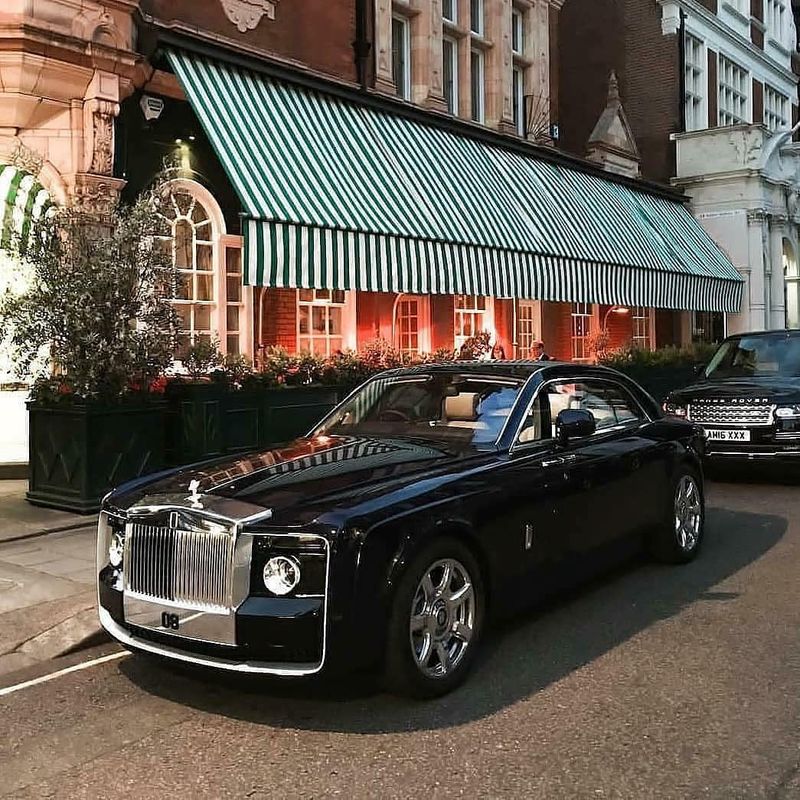
When a billionaire collector approached Rolls-Royce wanting something truly unique, the company created the Sweptail—a coachbuilt masterpiece that took four years to complete.
This nautical-inspired two-seater reportedly cost over $13 million, making it one of the most expensive new cars ever built.
The panoramic glass roof is one of the largest ever fitted to a car. Inside, hidden compartments deploy attaché cases at the touch of a button.
The sweeping rear end, inspired by racing yachts, gives the car its name and its most distinctive feature.
22. Bugatti Centodieci
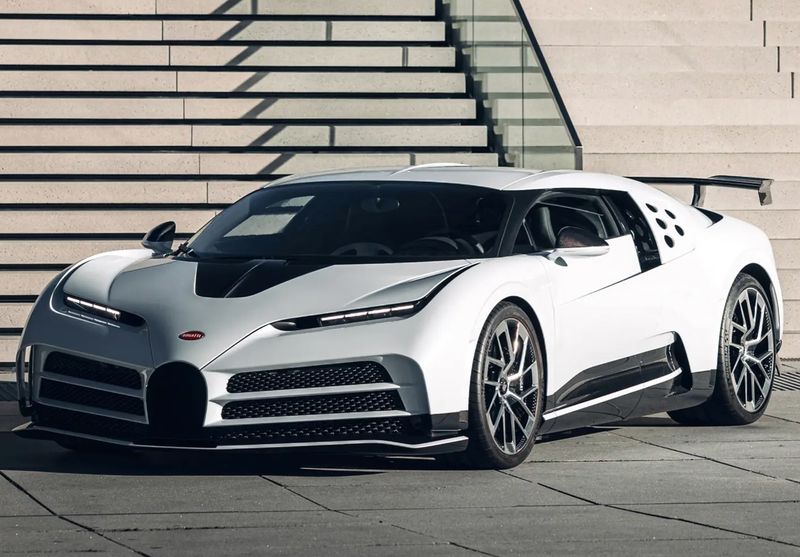
Bugatti built just 10 Centodiecis to celebrate the brand’s 110th anniversary and pay homage to the forgotten EB110 supercar.
Each $9 million example features unique bodywork with five round air intakes arranged in a diamond pattern—a direct reference to the EB110’s distinctive design.
Under the retro-inspired skin lurks the Chiron’s 8.0-liter quad-turbo W16 engine, uprated to 1,578 horsepower.
All 10 cars were sold before the public even saw the design. Soccer superstar Cristiano Ronaldo purchased one of the 10 examples in white.
23. Koenigsegg Trevita

Koenigsegg planned to build three Trevitas with a revolutionary diamond-weave carbon fiber finish, but the process proved so difficult they stopped after just two.
The proprietary method transforms the normally black carbon fiber into a sparkling silver weave that shimmers like millions of diamonds in sunlight.
The name “Trevita” means “three whites” in Swedish, referencing the original production target.
Floyd Mayweather purchased one for $4.8 million before selling it years later. The 4.8-liter twin-supercharged V8 produces 1,018 horsepower in a car weighing just 2,800 pounds.
24. Pagani Zonda HP Barchetta
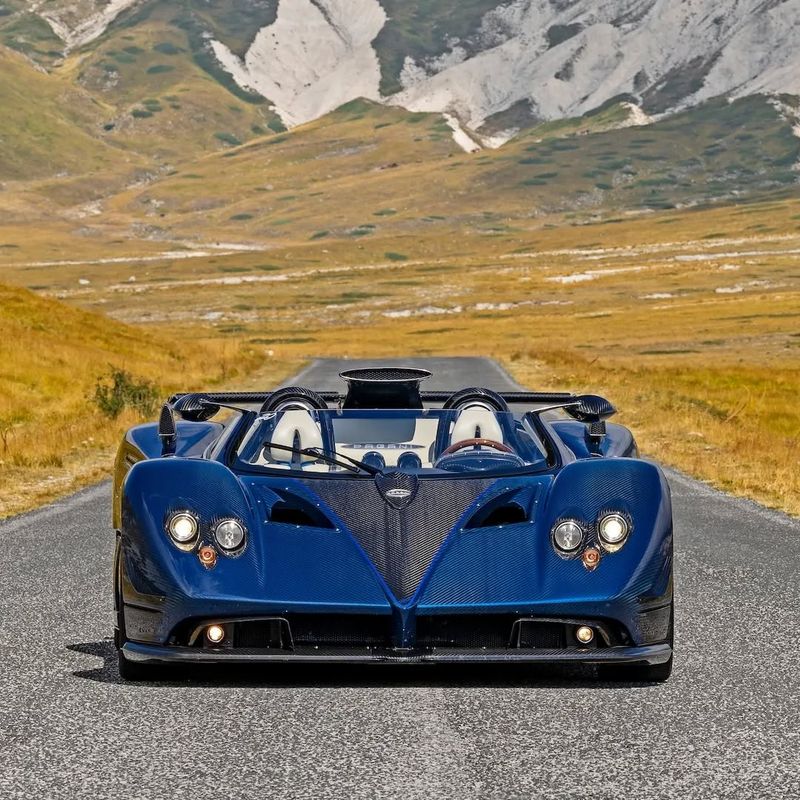
Horacio Pagani created just three Zonda HP Barchettas as his personal farewell to the Zonda line—one for himself and two for his closest clients.
The name “Barchetta” (little boat in Italian) references the car’s roofless design and lowered windshield.
Each features rear wheel covers reminiscent of 1950s race cars, a shorter windshield, and a rigid carbon fiber roof scoop despite having no roof.
The 7.3-liter AMG-built V12 produces 789 horsepower. At approximately $17 million each, they remain among the most expensive cars ever sold.
25. Lotus Elise Type 49
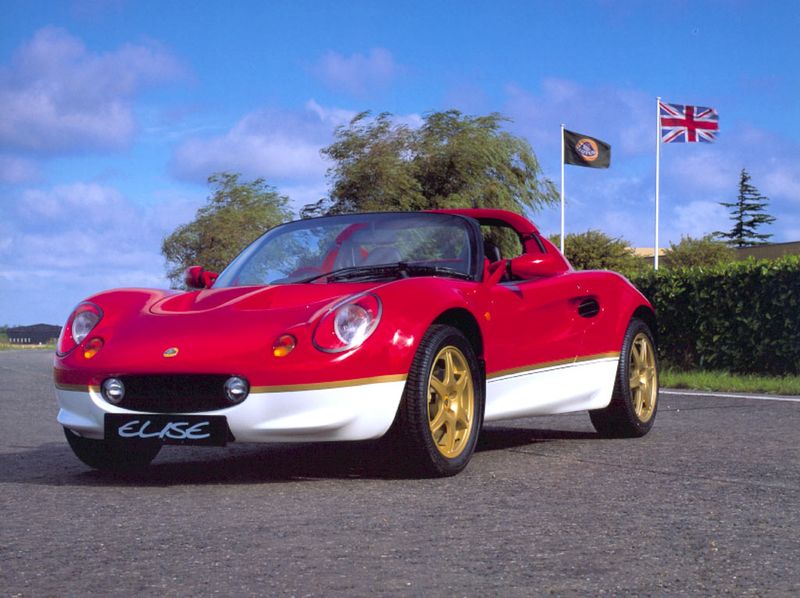
Lotus built just 100 Elise Type 49s in 1999, painted in the iconic red and gold colors of the Lotus 49 Formula 1 car that revolutionized racing in 1967.
These special editions celebrated both the racing heritage and the engineering genius of Lotus founder Colin Chapman. Gold wheels and special badging complement the classic racing livery.
The car maintains the standard Elise’s 1.8-liter four-cylinder engine producing 118 horsepower—modest on paper but thrilling in a car weighing just 1,600 pounds.
True to Chapman’s philosophy of “simplify, then add lightness,” these remain among the purest driving machines ever built.
